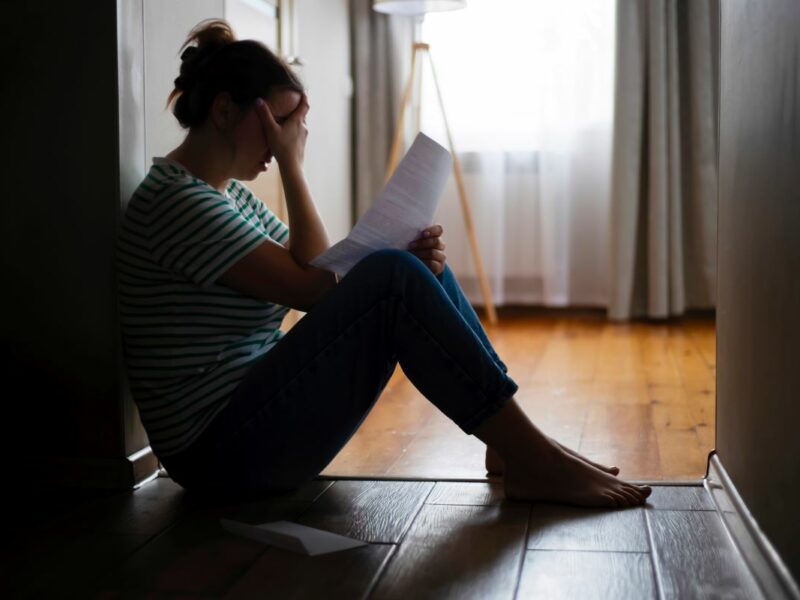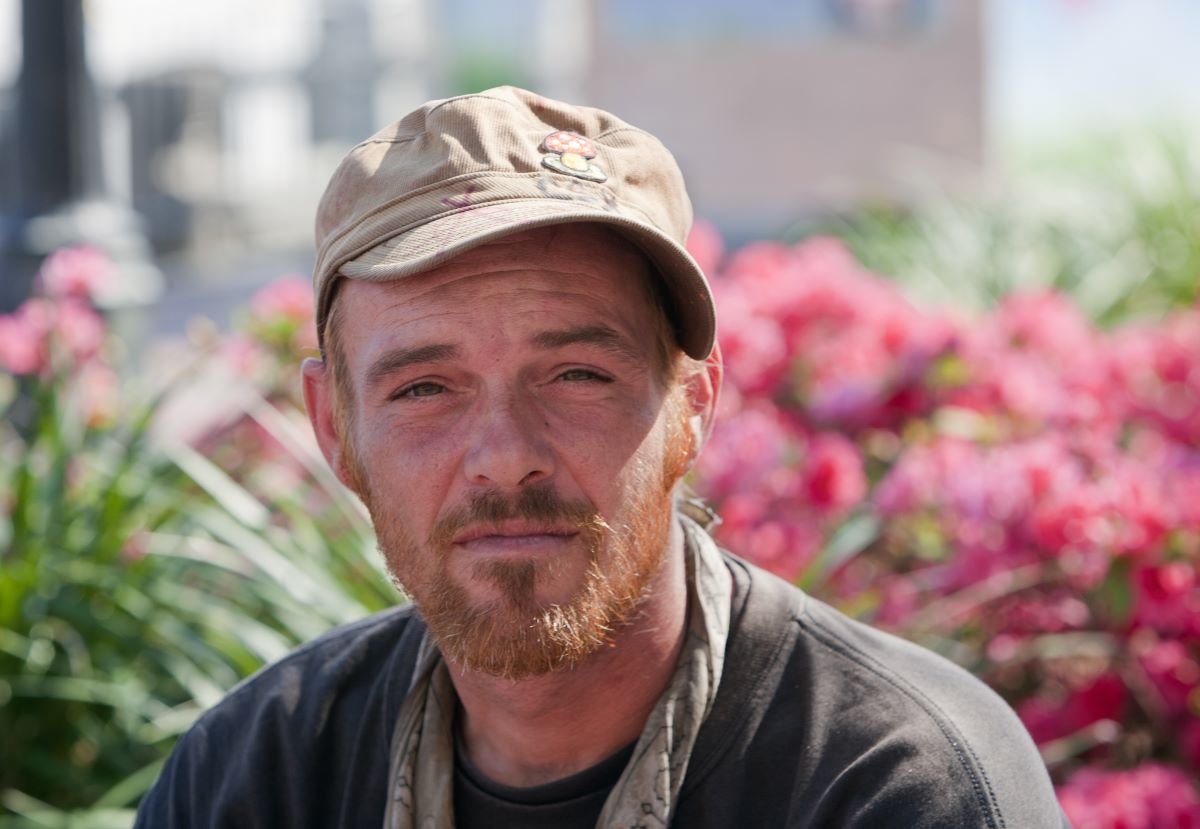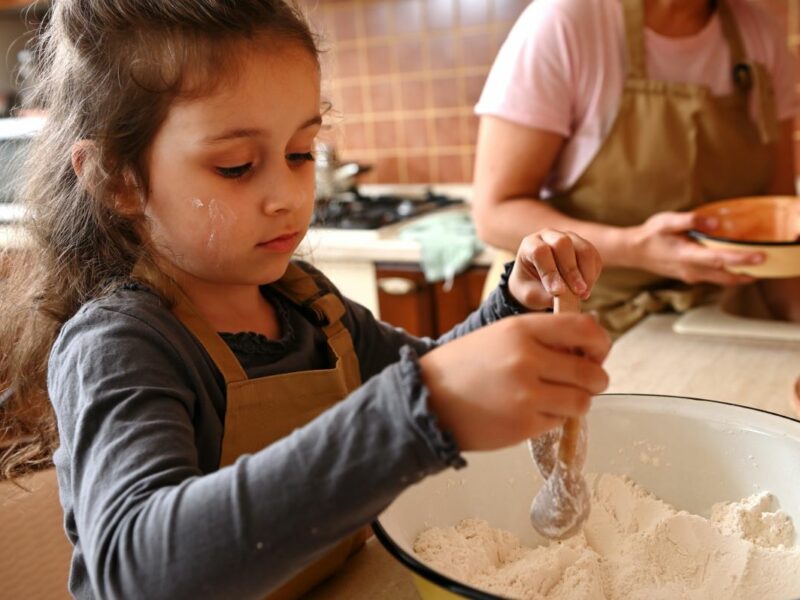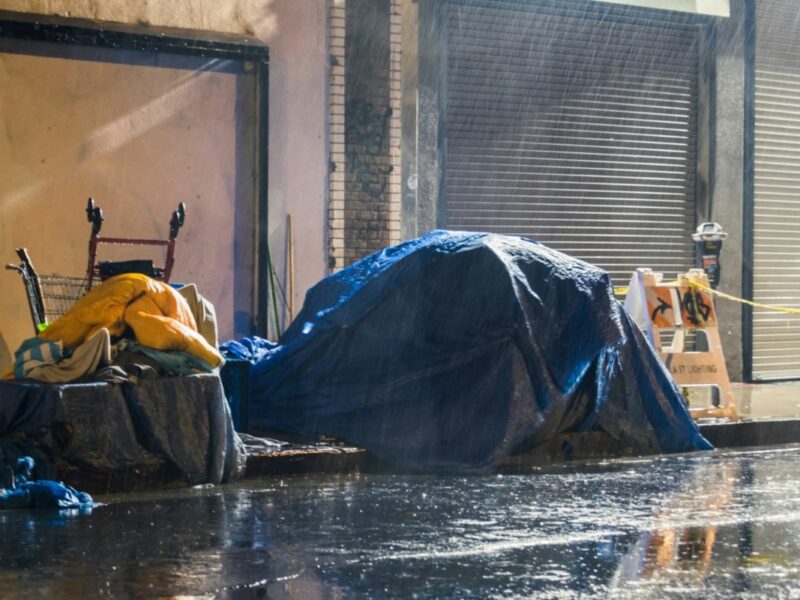Mortality risks for people experiencing homelessness increased drastically during the pandemic because it decreased access to health care, jobs, and family support systems, according to a new study from the University of Chicago.
Researchers followed a representative sample of 140,000 sheltered and unsheltered homeless people drawn from census data for 12 years, including the first two years of the coronavirus pandemic. That data was then compared against the mortality risk of people living in stable homes and those living in poverty drawn from census data.
The study found that non-elderly homeless people between the ages of 18-54 have a mortality risk that is 3.5 times greater than people of a similar age that are in stable housing when controlled for demographic and geographic differences, according to the 51-page study.
Homeless people also face mortality risks that are 60% greater than the housed person living in poverty
Moreover, the mortality risks associated with homelessness increased by 33% during the first two years of the pandemic. It gave two explanations for this trend.
First, people experiencing homelessness already have higher baseline mortality rates than their housed counterparts, which means they are more susceptible to increased mortality hazards. It also found that age and gender differences between the sample groups affected the relative mortality rates.
“Homelessness is both a stark indicator of material deprivation and an adverse life event, one that can have detrimental effects on health and personal safety,” the document reads in part.
The study is one of the first to identify the mortality risk faced by people at the lowest end of the socioeconomic spectrum. It also compares the mortality gap between demographic characteristics like race and gender with geographic factors and socioeconomic factors to show how homelessness impacts groups differently.
One of the key findings from these comparisons is that homeless people face the most significant mortality risks in their 30s and 50s, regardless of demographic or geographic characteristics. The study does not point to any particular cause but suggests that this could be due to decreased access to benefits and the social safety net.
As homeless people age, their relative mortality risk starts to converge with the poor housed population’s mortality risk by the age of 70, according to the study. It suggests this finding could be related to the relative frailty of both groups and health factors like cardiovascular disease.
When the sample was broken down by race, the study found that white people are more likely to experience homelessness because of personal reasons like addiction and poor mental health versus poverty and economic shocks. It suggests that this predicament arises because white people, on average, have stronger social networks that can help them protect against homelessness.
Conversely, the study found Black and Hispanic people often slip into homelessness because of economic factors like housing discrimination and poor connections to the labor market.
These findings push back against the popular notion that all homeless people simply choose to live outside or in shelters. In 2021, Invisible People surveyed roughly 2,500 American adults and found that 64% believed homelessness was increasing in their city or town because more people were choosing to be homeless.
“Mortality differences by race in the homeless population are especially noteworthy because they diverge from those observed in the housed population and may provide insight into the relative importance of different pathways to homelessness between racial groups,” the study concluded.
Researchers also identified a few mitigating factors that could improve the health and well-being of homeless people.
One suggestion is to improve living conditions in shelters to make them more attractive to people living outside. Invisible People’s research shows that homeless people often avoid shelters because they can be dirty and violent places.
Policymakers and service providers should also focus on helping homeless people improve social connections, according to the study. Having at least one family connection was associated with a 17.3% lower mortality risk, while homeless people with a current or former spouse had a 21.3% lower risk.
“Family connections appear to be an important protective factor against mortality for people who have experienced homelessness,” the study said.
How You Can Help
Now is not the time to be silent about homelessness in the United States or anywhere else. Unhoused people deserve safe and sanitary housing just as much as those who can afford rent or mortgage.
Poverty and homelessness are both policy choices, not personal failures. That’s why we need you to contact your officials and tell them you support legislation that:
- Streamlines the development of affordable housing
- Reduces barriers for people experiencing homelessness to enter permanent housing
- Bolsters government response to homelessness
Together, we can end homelessness.











